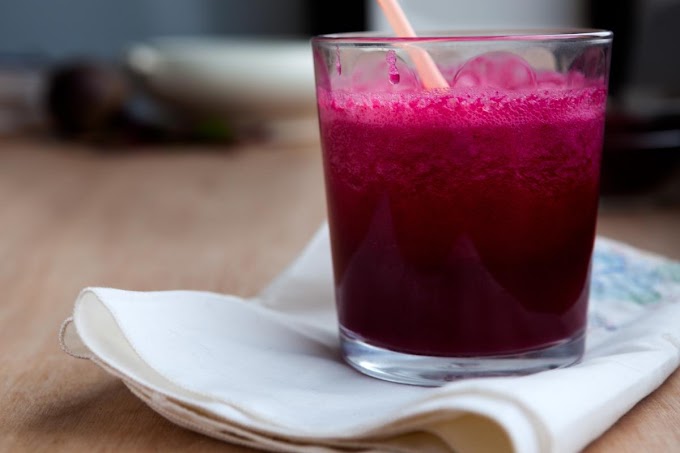For those managing diabetes, planning meals, especially dinner, requires careful consideration to maintain stable blood sugar levels. The good news is that with thoughtful choices, it’s possible to enjoy a wide variety of delicious and satisfying foods that are both nutritious and diabetes-friendly. In this article, we’ll explore what foods diabetics can eat for dinner, focusing on balanced meals that support healthy blood sugar levels.
1. Lean Proteins: The Foundation of a Diabetes-Friendly Dinner
Lean proteins are an essential part of a diabetic-friendly dinner as they help maintain muscle mass and provide a feeling of fullness without spiking blood sugar levels. Here are some excellent sources of lean protein:
Chicken Breast: Skinless chicken breast is low in fat and high in protein, making it a great choice for dinner. It can be grilled, baked, or sautéed and paired with non-starchy vegetables.
Turkey: Like chicken, turkey is a lean meat that’s rich in protein and low in fat. Ground turkey can be used in place of ground beef in many recipes to reduce fat and calorie content.
Fish: Fish, especially fatty fish like salmon, mackerel, and sardines, are rich in omega-3 fatty acids, which have anti-inflammatory properties and are heart-healthy. These can be baked, grilled, or broiled.
Tofu and Tempeh: For vegetarians or those looking to reduce meat consumption, tofu and tempeh are excellent plant-based protein sources that can be marinated and cooked in various ways to add flavor and texture to your dinner.
Tips for Cooking Lean Proteins:
Avoid frying in oil or using heavy sauces that can add unnecessary calories and sugar.
Use herbs, spices, lemon juice, and vinegar to add flavor without adding sugar or salt.
2. Non-Starchy Vegetables: The Bulk of the Meal
Non-starchy vegetables should make up a significant portion of a diabetic-friendly dinner. These vegetables are low in carbohydrates and calories but high in fiber, vitamins, and minerals. Some great options include:
Leafy Greens: Spinach, kale, arugula, and other leafy greens are extremely low in carbs and calories, making them ideal for filling out a dinner plate. They can be used in salads, sautéed, or added to soups and stews.
Cruciferous Vegetables: Broccoli, cauliflower, Brussels sprouts, and cabbage are all low in carbs and high in fiber. They can be roasted, steamed, or stir-fried with minimal oil for a delicious and nutritious side dish.
Peppers: Bell peppers are colorful, sweet, and low in carbs. They’re perfect for stuffing with lean proteins or adding to stir-fries.
Zucchini and Squash: These vegetables are versatile and can be spiralized into “noodles,” roasted, or grilled for a satisfying, low-carb side.
Tips for Preparing Non-Starchy Vegetables:
Roast vegetables with a drizzle of olive oil and your favorite herbs for added flavor.
Steam or sauté vegetables to preserve nutrients and add a bit of crunch to your meal.
3. Whole Grains: Controlled Portions for Energy
Whole grains can be part of a diabetic-friendly dinner, but portion control is key. Whole grains are rich in fiber, which helps slow the absorption of sugar into the bloodstream, preventing spikes in blood sugar levels. Some diabetic-friendly whole grains include:
Quinoa: Quinoa is a complete protein, meaning it contains all nine essential amino acids. It’s also high in fiber and has a low glycemic index, making it a great choice for controlling blood sugar.
Brown Rice: Brown rice is a whole grain that’s higher in fiber than white rice. It’s a good option when consumed in moderation.
Barley: Barley is another high-fiber whole grain that can help regulate blood sugar levels. It can be used in soups, stews, or as a side dish.
Farro: Farro is an ancient grain with a nutty flavor and chewy texture. It’s high in fiber and can be used in salads, soups, or as a base for a grain bowl.
Tips for Including Whole Grains:
Stick to one serving (about ½ cup cooked) to manage carbohydrate intake.
Pair whole grains with plenty of non-starchy vegetables and lean proteins to balance the meal.
4. Healthy Fats: Essential for Satiety and Flavor
Healthy fats are an important part of a diabetic-friendly dinner, as they help increase satiety and can improve the flavor of meals. When choosing fats, focus on unsaturated fats, which are heart-healthy and beneficial for overall health. Some sources of healthy fats include:
Avocado: Avocado is rich in monounsaturated fats, which can help improve cholesterol levels and reduce inflammation. It can be added to salads, used as a spread, or enjoyed as a side.
Nuts and Seeds: Almonds, walnuts, chia seeds, and flaxseeds are all excellent sources of healthy fats and provide additional fiber and protein. They can be added to salads, grain bowls, or used as a crunchy topping.
Olive Oil: Extra virgin olive oil is a staple of the Mediterranean diet, which is known for its heart health benefits. Use it for cooking or as a dressing for salads.
Fatty Fish: As mentioned earlier, fatty fish like salmon provide omega-3 fatty acids, which are essential for heart health and can help reduce inflammation.
Tips for Incorporating Healthy Fats:
Use olive oil instead of butter or margarine when cooking.
Add a small amount of nuts or seeds to your meals for a boost of healthy fats and texture.
5. Low-Carb Alternatives: Keeping Blood Sugar in Check
For diabetics, reducing carbohydrate intake at dinner can help prevent nighttime blood sugar spikes. There are several low-carb alternatives to traditional high-carb foods that can be used to create satisfying meals:
Cauliflower Rice: Cauliflower rice is a popular low-carb alternative to traditional rice. It’s easy to make by grating cauliflower or buying pre-made versions. It can be sautéed with herbs and spices or used in stir-fries.
Zucchini Noodles: Zucchini noodles, or “zoodles,” are a great alternative to pasta. They can be made using a spiralizer or purchased pre-made. They pair well with tomato-based sauces or pesto.
Spaghetti Squash: Spaghetti squash is another excellent low-carb pasta substitute. When cooked, the flesh of the squash separates into spaghetti-like strands that can be topped with your favorite sauces.
Lettuce Wraps: Instead of using tortillas or bread, opt for large lettuce leaves to wrap around fillings like grilled chicken, turkey, or vegetables.
Tips for Using Low-Carb Alternatives:
Experiment with different seasonings and sauces to add flavor without adding sugar or excess carbs.
Combine low-carb alternatives with lean proteins and non-starchy vegetables for a balanced meal.
Sample Dinner Ideas for Diabetics
Grilled Salmon with Quinoa and Steamed Broccoli: A complete meal with protein, healthy fats, whole grains, and non-starchy vegetables.
Stir-Fried Chicken and Vegetables with Cauliflower Rice: A low-carb, high-protein dinner packed with flavor and nutrients.
Turkey and Vegetable Lettuce Wraps: A fun and tasty way to enjoy a low-carb meal with plenty of crunch and flavor.
Zucchini Noodles with Pesto and Grilled Chicken: A light and refreshing pasta alternative that’s low in carbs and high in taste.
Conclusion
Eating dinner as a diabetic doesn’t mean sacrificing flavor or variety. By focusing on lean proteins, non-starchy vegetables, whole grains, healthy fats, and low-carb alternatives, you can create satisfying and nutritious meals that help maintain stable blood sugar levels. Remember, portion control and mindful eating are key to managing diabetes effectively. With the right ingredients and a bit of creativity, dinner can be both enjoyable and diabetes-friendly.








Social Plugin